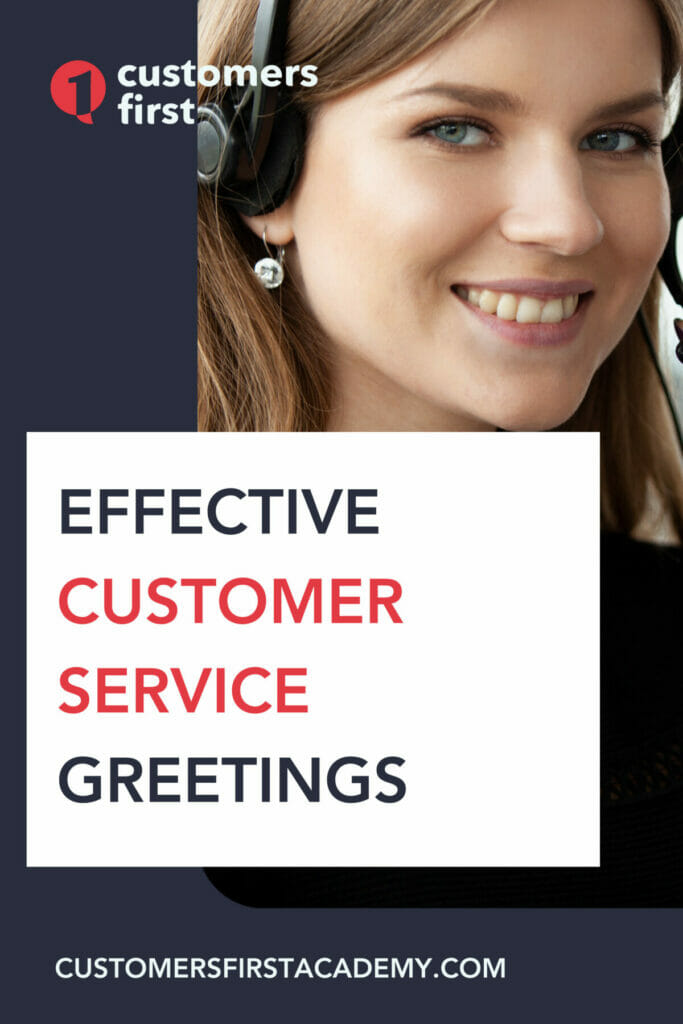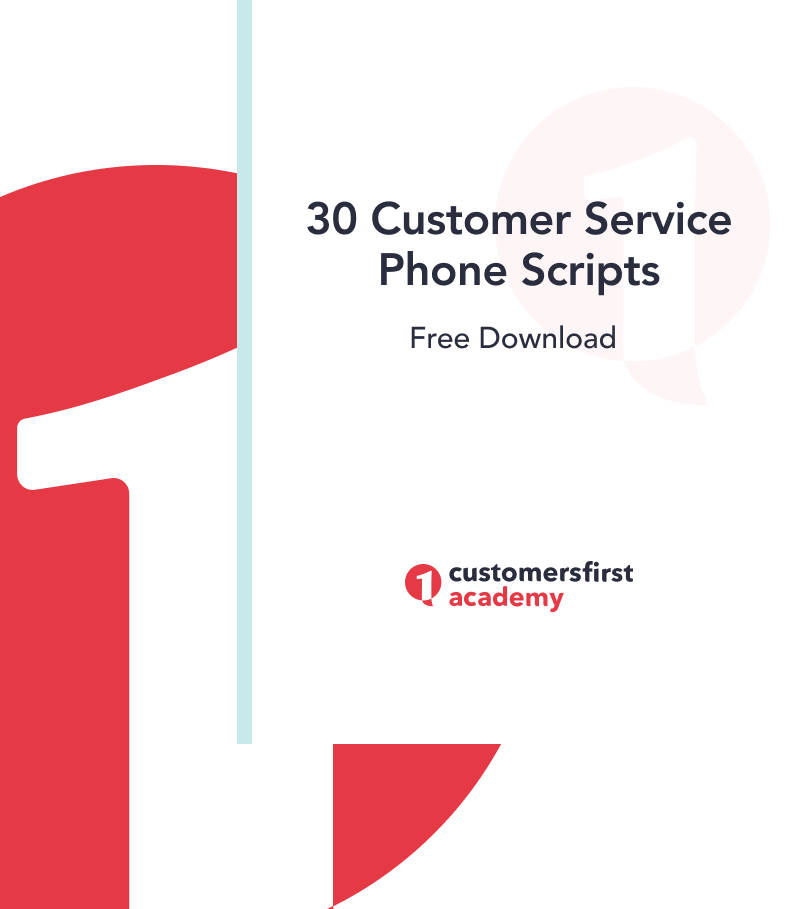“How Can I Help You” and 5 Other Customer Service Greetings
The phrase “how can I help you” captures the true spirit of customer service. That’s what customer service is all about, isn’t it? Helping customers and being there to guide and support them while solving their problems. It’s a satisfying experience when a customer walks away free of his troubles.
And, the one thing that makes an interaction satisfying is the ease with which it was conducted. Effective communication can mean the difference between a satisfying customer service interaction and an average one, even if they both resulted in the resolution of the problem.

This is where customer service phrases come in. Keeping an arsenal of true and tried phrases can help you communicate what you are trying to say with the least number of words. Also, some phrases are just plain great at eliciting the right responses in the customer. Here are 6 phrases to use for providing effective customer service.
#1. How can I help you?
Once you know the correct usage of this phrase, it is almost impossible to go wrong with this one. That is because it immediately meets the customer’s expectations of receiving help or being assisted in some form. An alternative to “how can I help you” is “how may I help you” or just “may I help you”.
While trying to decide between using “can” or “may”, the thing to consider is the formality of the conversation. While “how can I help you” is perfectly correct in a less formal situation, in a more formal setting using “may” would be more appropriate. This is because traditionally speaking “can” expresses “ability while “may” expresses “possibility” or “asking for permission”.

#2. I apologize for the inconvenience
When a customer calls in an angry or dissatisfied state, two things are critical. First, the situation must be cooled off. And second, you must offer a solution. However, to get to the second step the customer has to become receptive and cooperative.
In such a situation, there’s nothing that disarms an angry or dissatisfied caller like a heartfelt apology. Genuinely apologizing and acknowledging the fault can have an instantly calming effect on the customer.
What is even more effective is that the apology is offered from a specific rather than a generalized source. For example, saying “I apologize for this mistake” is more effective than “the company apologizes” or even “we apologize”. Learn effective ways to offer apologies here.
#3. Thank you for bringing it to our attention
It is easy to think that the customer is only calling to get his problem resolved. However, according to a customer service survey conducted by Esteban Kolsky, CEO of Thinkjar, “only 1 out of 26 unhappy customers complain. The rest churn”.

So, when a customer calls with a problem, he has done you a favor by bringing the problem to your attention so that now it can be fixed. Using the above phrase will not only convey genuine gratitude but also put your customer in a positive frame of mind as now they will feel appreciated.
#4. I understand how (blank) that can be
This phrase accurately assesses the customer’s emotion and mirrors it back to them. Since escalations can be avoided with empathic communication this is a great phrase to use, not only in escalated situations but also when the customer may be slightly agitated.
Just fill in the appropriate emotion like “frustrating” “disappointing” “inconvenient” and use them to carry the conversation forward. This validation can result in a calming of tempers as your customers will feel heard and understood.
What really helps is the tone of your voice accompanying the phrase and if you feel genuine empathy this phrase is bound to help greatly in most situations.
Other more organic variants of this phrase can be “I can totally understand why….”, or “I can see how (blank) that can make you feel.”
#5. May I ask a few questions to better assist you
In the initial phase, the interaction may be emotional and the dynamics may be focused on quelling any negative emotions. However, since the primary job of a customer service professional is to offer solutions, understanding the problem in detail becomes critical.
Not only that, working through a problem takes a concerted effort from the customer service professional as well as the customer, even though the customer may not see it like that.

Once the initial rapport has been established with the customer, the above serves to efficiently switch gears to a problem-solving mode. Now, the customer service professional may ask questions and the customer will be more than willing to offer the relevant information as the problem-solving mindset has been established.
#6. Absolutely, Definitely, Certainly
Definitive words like “absolutely, definitely, certainly” can be used in an interaction simply by interspersing them within normal phrases. For example, instead of saying to the customer “you are correct” you can say “you are absolutely correct” or instead of saying “I will help you sort this out” you can say “I will certainly help you sort this out”.
Using definitive words serves two purposes in customer service interactions. Firstly, they reassure the customer of your intentions to help and provide assistance. And secondly, they can help create rapport by matching and then mirroring the emotional intensity of the customer back to him in a positive manner.
Definitive phrasing also helps to avoid any miscommunication. Keeping a few definitive words in your repertoire can enhance your customer care phrases as they can be used anywhere and customized according to the situations at hand.
Brief Summary:
Customer service phrases can help you convey the most meaning with the least number of words and avoid miscommunications. Here are the most effective phrases used in customer service:
#1. How can I help you?
#2. I apologize for the inconvenience.
#3. Thank you for bringing it to our attention.
#4. I can understand how (blank) that must be.
#5. May I ask a few questions to better assist you?
#6. Using words such as “absolutely, definitely, certainly.”
Other Resources:
CustomersFirst Academy offers comprehensive customer service training designed to help you grow your skills and advance your career.
To keep learning and developing your knowledge of customer service, we highly recommend the additional resources below:
How to Build your Professional Reputation via Email
How to Host a Successful Lunch and Learn
How to Succeed in a Customer Facing Role
Customer Focus: How to Put Your Customers First


1 thought on ““How Can I Help You” And 5 Other Effective Customer Service Phrases”
1